Hitting an animal with your arrow or bullet in the wrong place can lead to a slow, painful death (or a prolonged) injury for the animal. This goes against the principles of ethical hunting and is, frankly, something hunters need to avoid if possible.
However, every hunter takes a bad shot at least once (and probably more than that) depending on how long they've been hunting and how often they hunt – but trying to fine-tune your skills for better shot placement should always be your goal, season after season.
So, where should you aim at a turkey? Today, our friend and HuntWise Field Team hunting expert Travis Hawkins helps explain where to shoot these birds for a clean shot during your next turkey hunt.
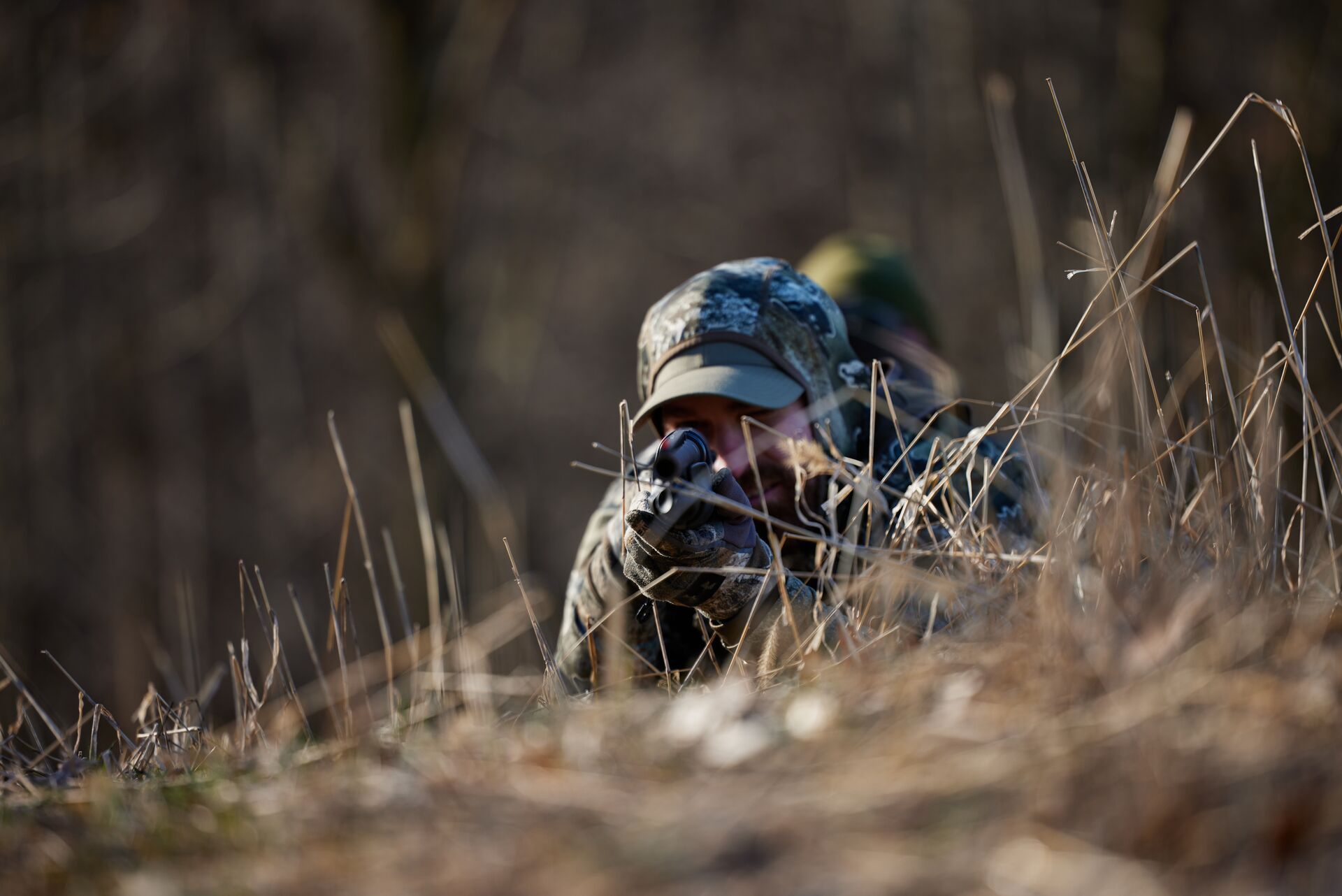
Why Good Shot Placement Matters
Taking down the animal in your sights is the goal, right? Your shot's accuracy is less important than just getting the animal to the ground.
That is not accurate at all.
Hunters must prioritize a humane approach to hunting in everything they do in the field, including where they strike an animal with an arrow or bullet for an ethical kill shot. So, understanding an animal's anatomy and the best places to hit an animal for a quick kill are essential to respecting wild game and the true nature of hunting.
This leads us to four primary aspects of why shot placement is so important as you work to improve your hunting skills every time you're afield.
1. Ethical Harvests
We've touched on this, but let's land the shot, so to speak.
Whether your goal is to feed your family or bring home a trophy, ensuring a quick, humane kill should be a priority for every hunt. As responsible hunters, we never want animals to suffer for the sake of sport (or for any reason, for that matter).
A clean, well-placed shot minimizes animal suffering and shows respect for wildlife.
2. Preserving the Meat and Fur
Using a gun caliber that's too big for the animal you target or hitting an animal in the wrong place can destroy the meat you can harvest.
For example, shooting rabbits with a big gun won't leave enough of these small animals behind to justify harvesting them for meat or fur.
Placing a shot in the best spot for a quick kill means you have more meat to bring home for your family or freezer.
3. Maximize Efficiency in the Field
Tracking an animal after a shot is inefficient at best. While every hunter has done this (and it's not necessarily an indication of unethical practices), when an animal doesn't go down immediately, you spend the rest of your day tracking it through the woods or brush until it dies.
A direct hit with your shotgun shell or arrow that kills the animal immediately means you can harvest it faster and move on with your day. You also won't need to take a follow-up shot to finish the kill, saving ammunition or arrows.
4. Improve Your Recovery Rate
Ever shoot a turkey or deer and never find it despite hours of tracking the wounded animal? Proper shot placement reduces the chances that your wounded target wanders and hides, making it impossible to find it.
Bringing home more birds improves your recovery rate (and reduces your frustration after spending a day in the field, making contact, and coming home empty-handed).
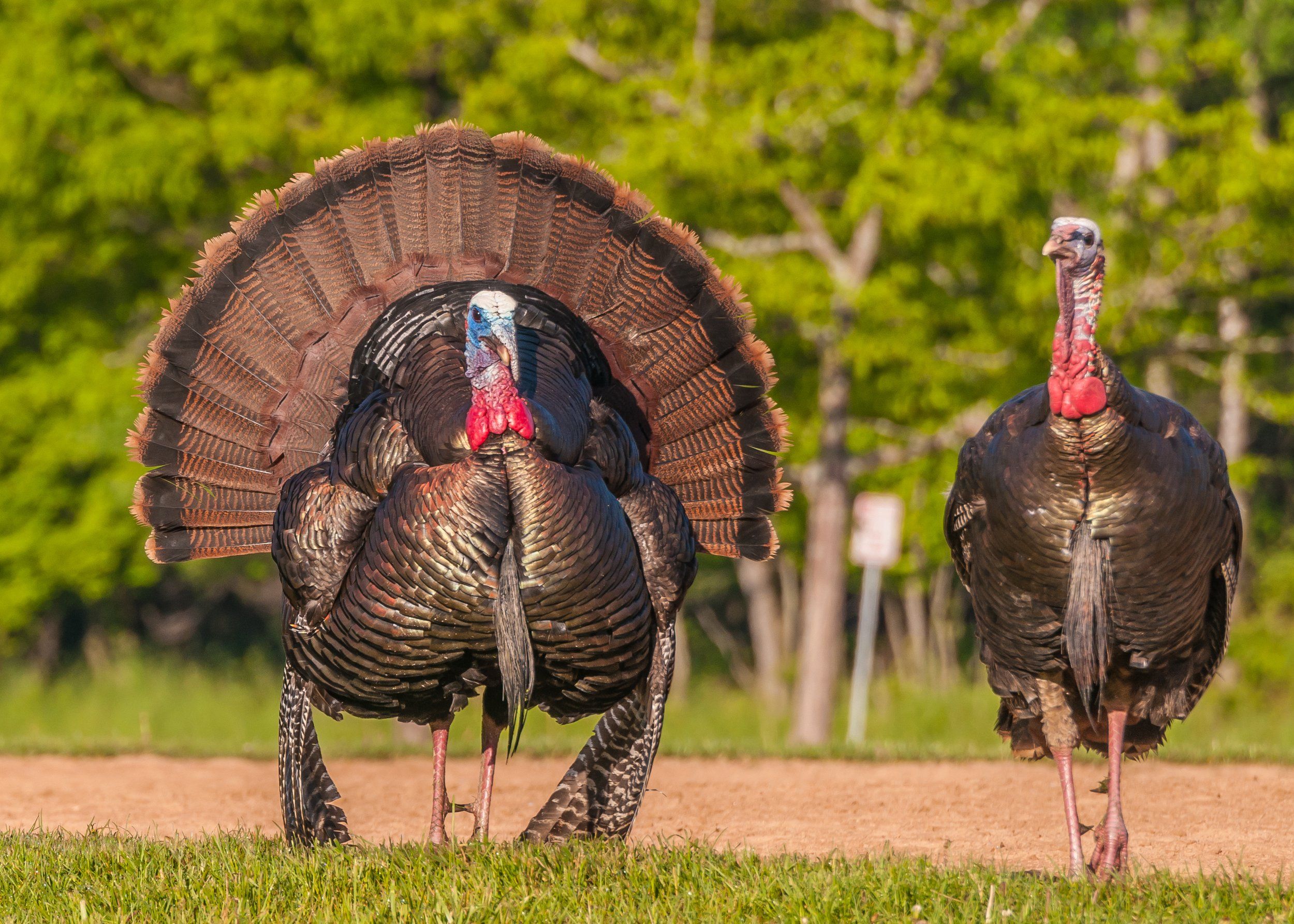
Where to Shoot a Turkey (and Where Not to Aim)
With an understanding of why placing your shot in the right spot is crucial, knowing where that is becomes even more important.
Where should you shoot a turkey – and where should you avoid aiming? Travis Hawkins, an experienced turkey hunter, shares his insights.
He says:
"If you've ever been turkey hunting, then you know that, like many birds, turkeys (bob and weave) their heads similar to how chickens do.
Shot placement is crucial when chasing these thunderbirds.
I like to aim at the base of its neck, where it meets the feathers, or its caruncles, as they are called.
Shots to avoid, for instance, are, if a bird comes in excited, then you know that his head will either be moving all around or he'll be strutting. If you aim for its head, then your main shot pattern might miss its head and neck if he's busy bobbing around.
Shooting at a strutting tom with a gun has also proven to be a bad idea, in my experience. Also, you do not want to take a body shot with a gun, but a bow, on the other hand, would work great. I've taken one bird with a bow years ago. I placed a body shot on him; then he flew maybe 30 yards before succumbing to his injuries."
A Favorite (Yet Unsuccessful) Hunt
Travis continues:
"One of my favorite turkey hunts was with my father. I was probably 17 or so at the time. We were in a blind; he had the camera, and I had a bow. A big strutter walked up within 12-15 yards from the corner of the blind. He locked up there in full strut with a few hens.
I decided to draw my bow back. The blind was pretty tight, and at full draw, my arm was awkwardly positioned against the blind. I was hopeful for a better shot to present itself and decided to let my bow down.
As I did so, the bowstring jumped the cams, and the bow exploded. The arrow snapped in half somehow, and the fletching side of it slapped my father in the face. The bow was now useless. I remember him asking me, 'What're you going to do now?' To which I replied, 'I guess I'll just throw this bow at it if he comes any closer!'"
The moral of that story is that throwing a bow at a turkey isn't the best shot placement strategy! Instead, aim for the back of the neck, as Travis shares, and you're more likely to hit the turkey in the ideal spot for a quick kill.
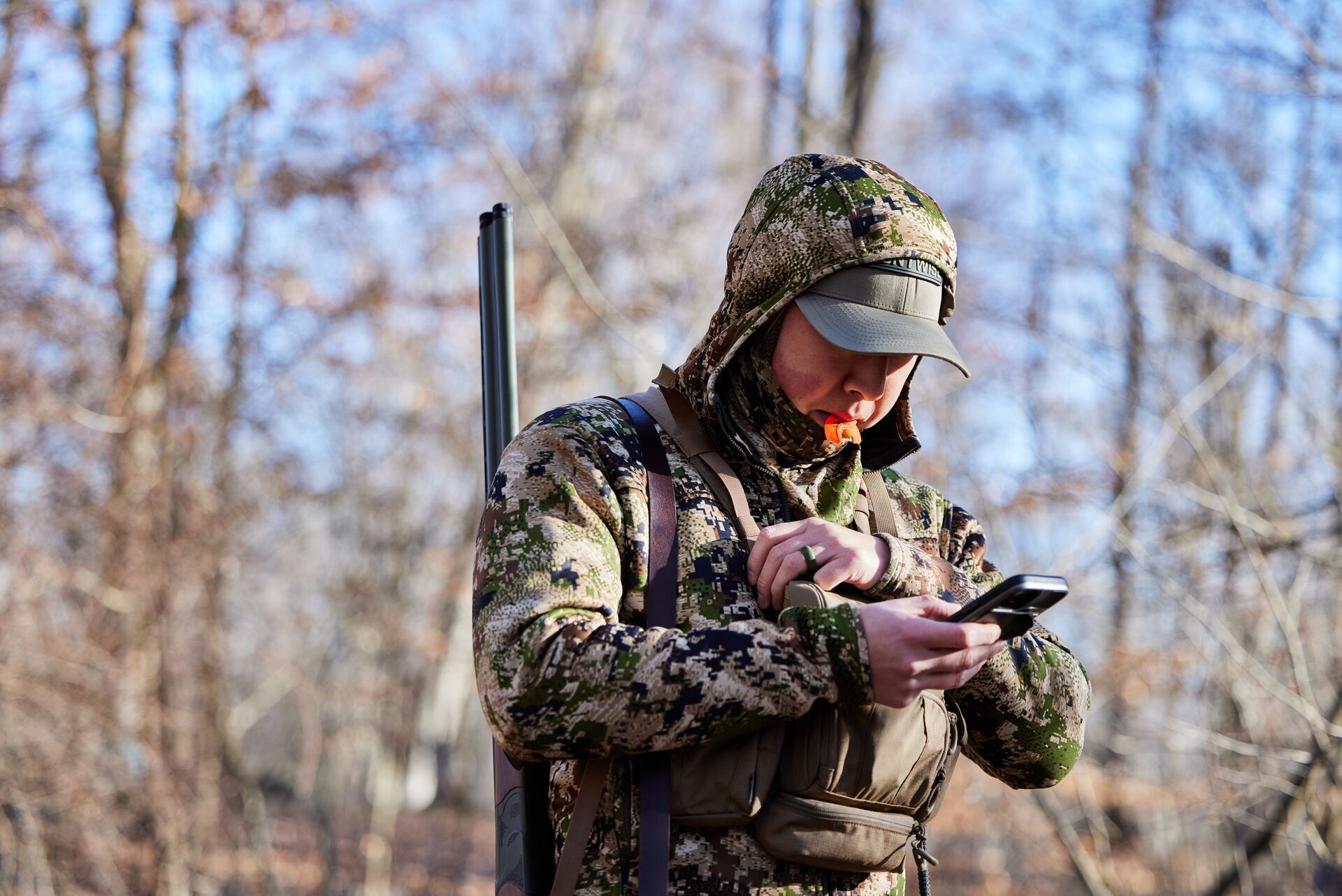
Improve Shot Placement and Use HuntWise for Turkey Hunting Success
Ideal shot placement isn't something most hunters get right when they start as new hunters. It's also not something that happens every time you draw your bow or aim your rifle. Animals move, the wind changes, and things can happen to affect your shot – no matter how much you practice or how good the shot looks through your sight.
However, studying where to aim depending on what you hunt and practicing before getting into the field can help you be more accurate and efficient during the season. Use these insights from HuntWise during your next hunt and use the app to plan your hunt area, set up your blind in the best spot, and tag out for turkey season this year.
If you've never tried HuntWise, download the hunting app and explore it –free – for your first week!
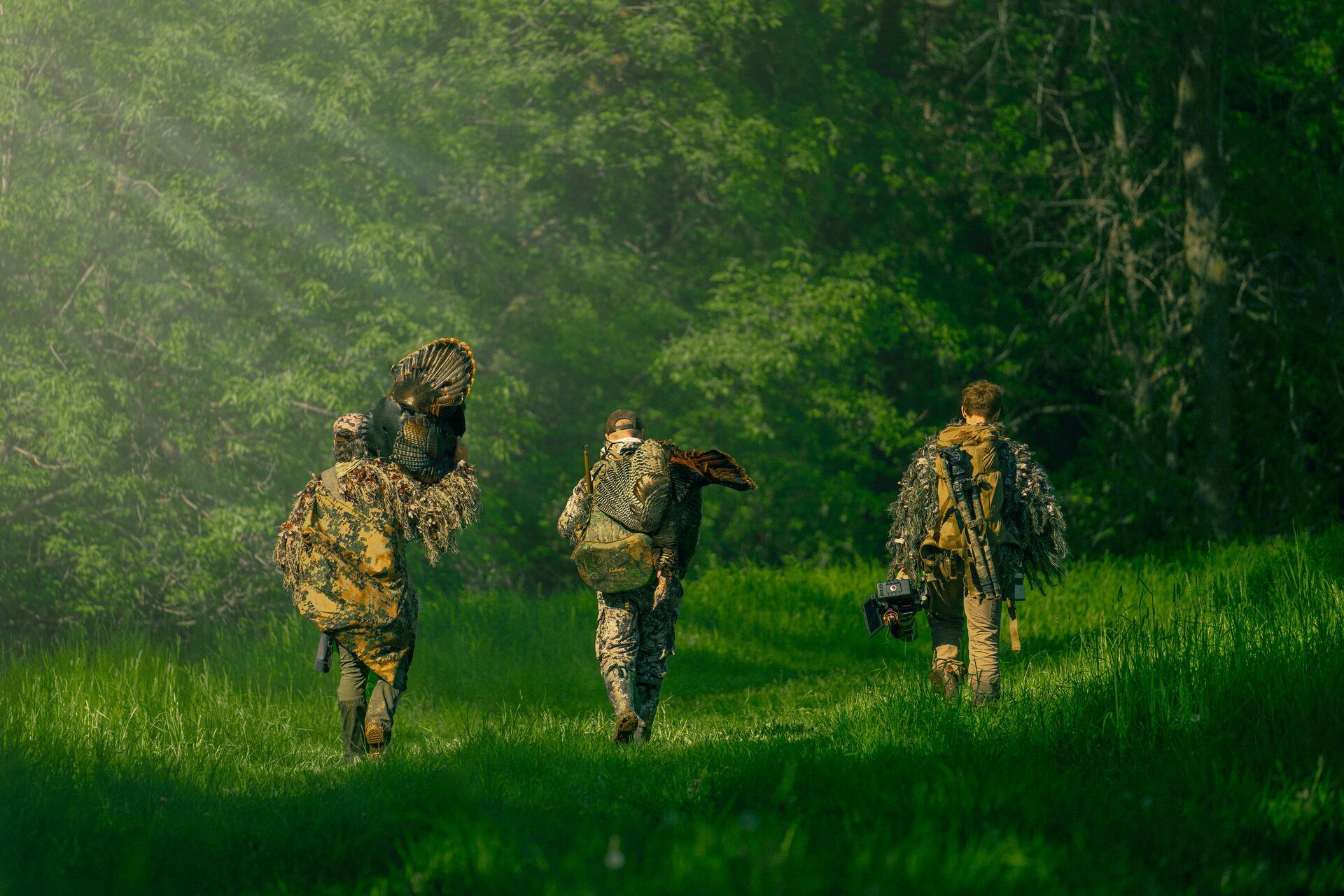
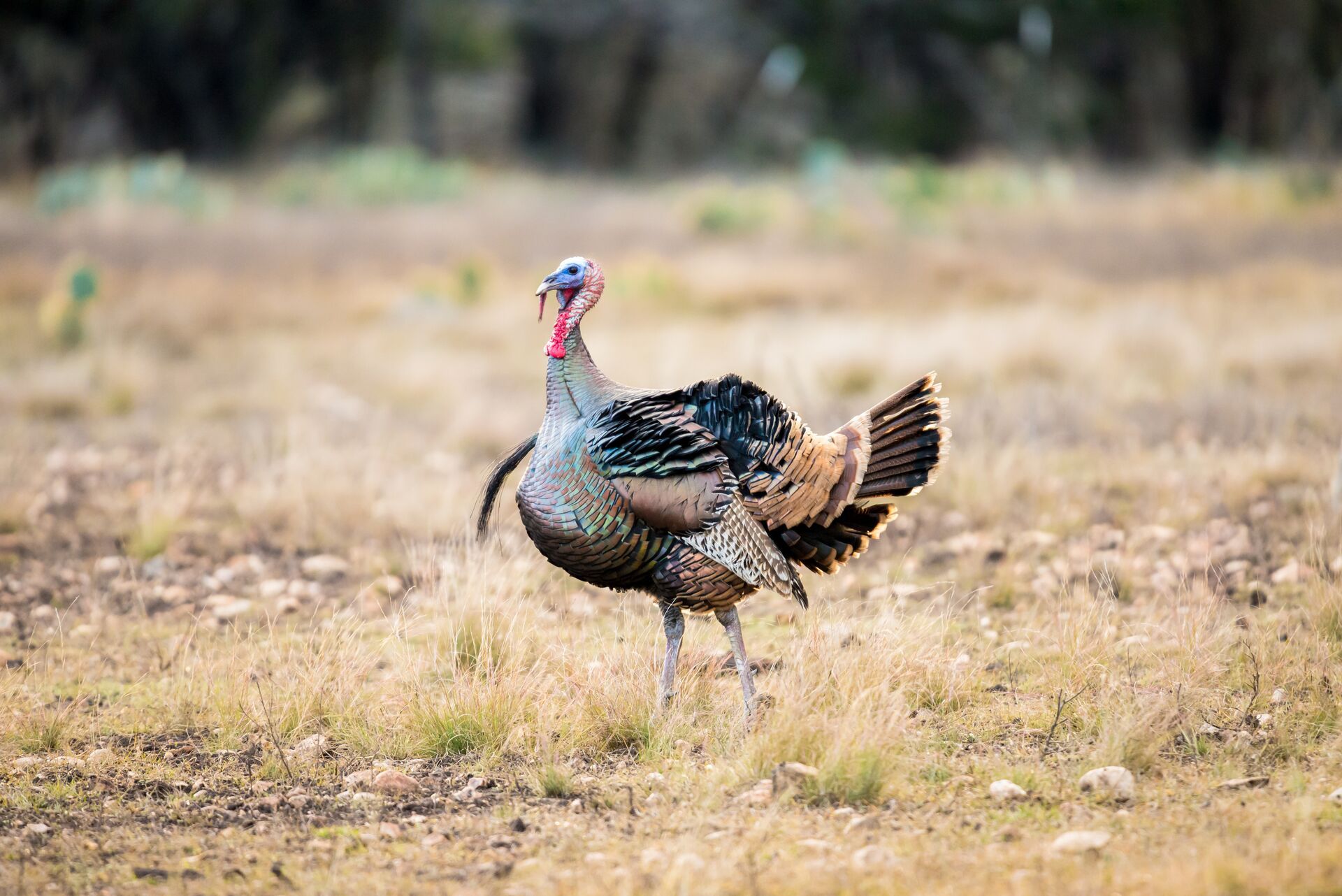
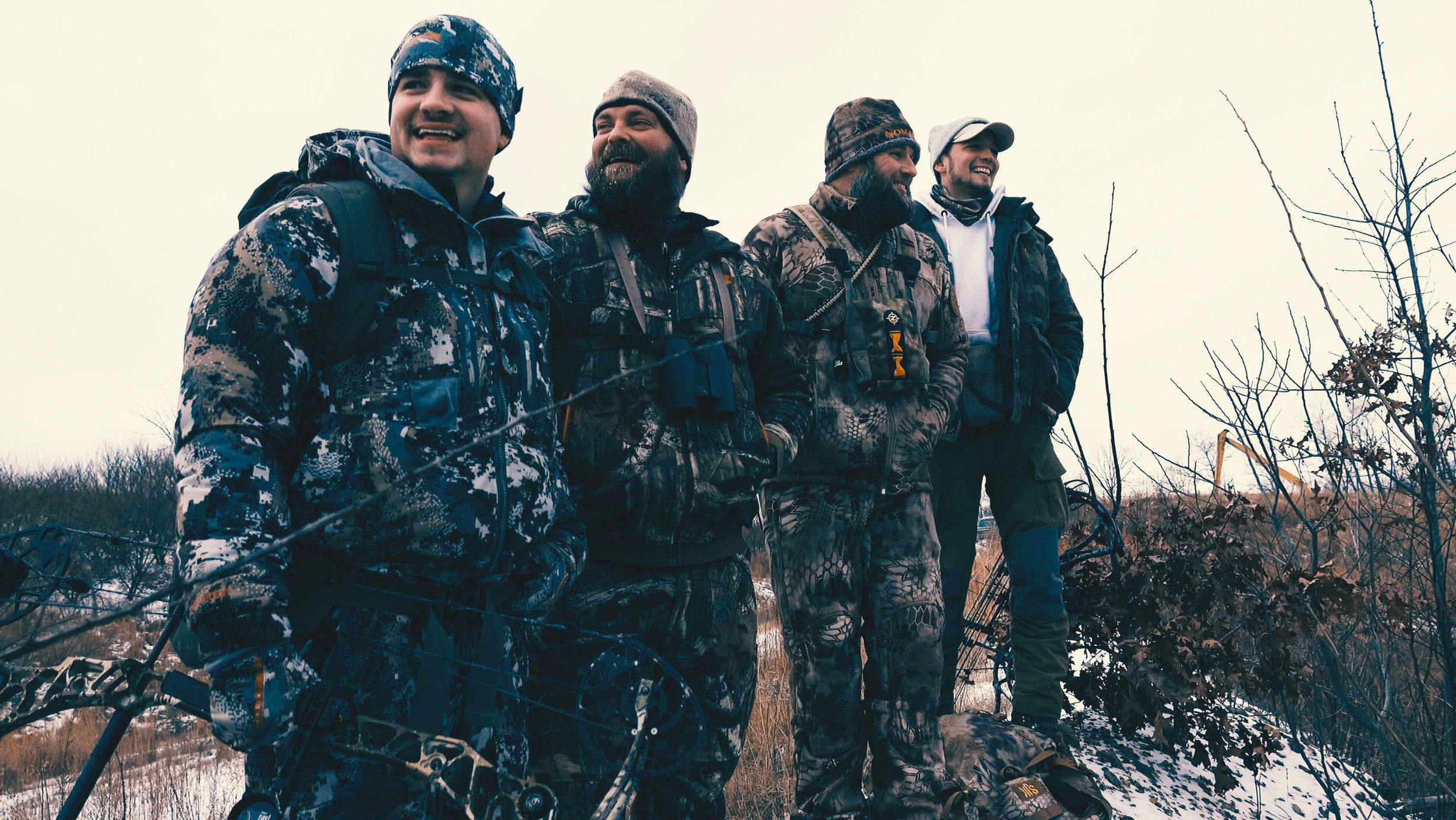 Turkey
Turkey Turkey
Turkey Turkey
Turkey


